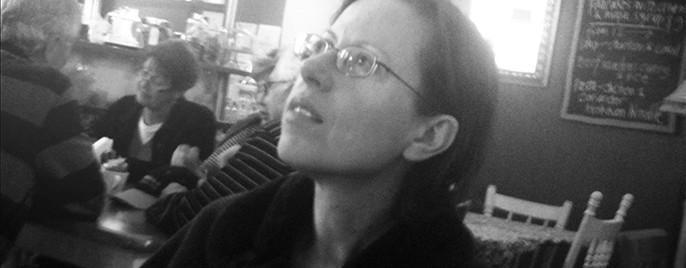Oranges and Sunshine is based on a true story as Margaret Humphreys tries to find justice for the British child migrants who were used as slave labour in remote Australia. How did you approach this story in the edit considering it is an ongoing experience for many?
The film tells of the impact Margaret Humphreys had on a huge number of displaced people and about her discovery of what happened to these children, and how nobody would take responsibility for this. We all felt that the story needed to be told. The migrants search for family was the B story, but the A story was her obsession and the impact it had on her own family resulting in Margaret having/getting post traumatic stress disorder. Margaret's family life suffered because of her need to go find other peoples mothers. The balance was tricky, I think we got it, but the film was never meant to be a "who done it" story or in this case “who hid it”.
Margaret (Emily Watson) as a social worker has to maintain an outer calm, which makes her harder for the audience to identify with her. How did you help her emotional journey in the edit?
We tried to only ever put a truthful performance on screen, (which wasn’t hard). It was a difficult role that I think she handled with brilliance and great subtlety. She was cast as a listener, and thus we cut her that way.
Given the length of the film and the multitude of characters that inhabit it did you find you had to minimise or reduce other characters stories to allow Margaret, Jack and Len’s stories to be the backbone of the film?
The script dictated the shape of the film. Jack and Len always flanked Margaret and Merve. I remember a couple of smaller parts that were let go of for clarity – but they were very small. The “balance” between Jack and Len was harder. Neither male was a romantic lead but both had some very brilliant and cathartic scenes. Margaret played a social worker and a mother and a housewife. As the script is/was a true story, we were not going to change history or create new history to create drama.
Being a co-production between the UK and Australia was there anything different about the way the edit room processes worked?
We shot Nottingham first in November and transferred and synced the dailies at Deluxe London, roughly, no code etc, just so we could all get a sense of what had been done. Then when the shoot started in Adelaide in February, for 3 weeks, we put all the neg, (super 35) through Deluxe Sydney and transferred to DNX 36. There was quite a gap during the two shoots so I had 2 weeks at the end of December to do a rough assembly for Jim as a guide to use when shooting the Australian material.
There wasn’t a lot of difference between the ways we approached the footage from each country. Screenings however were very simple in London. We mainly screened out of the Soho screening room. I think that budget wise we could not have gone digital for off-line editing in London if it wasn’t for the help and generosity of Deluxe Australia and Anthos Simon. We mixed at Deluxe with Gethin Creagh and Sam Hayward. Sound was designed and edited by Andrew Plain and Huzzah.
What was your favourite experience of the film?
Watching it with some of the child migrants at the Sydney premiere. Moving and very very sad. Working with Jim Loach. A very sensitive director. He cared very much about the film and the subject. Well we all did.
